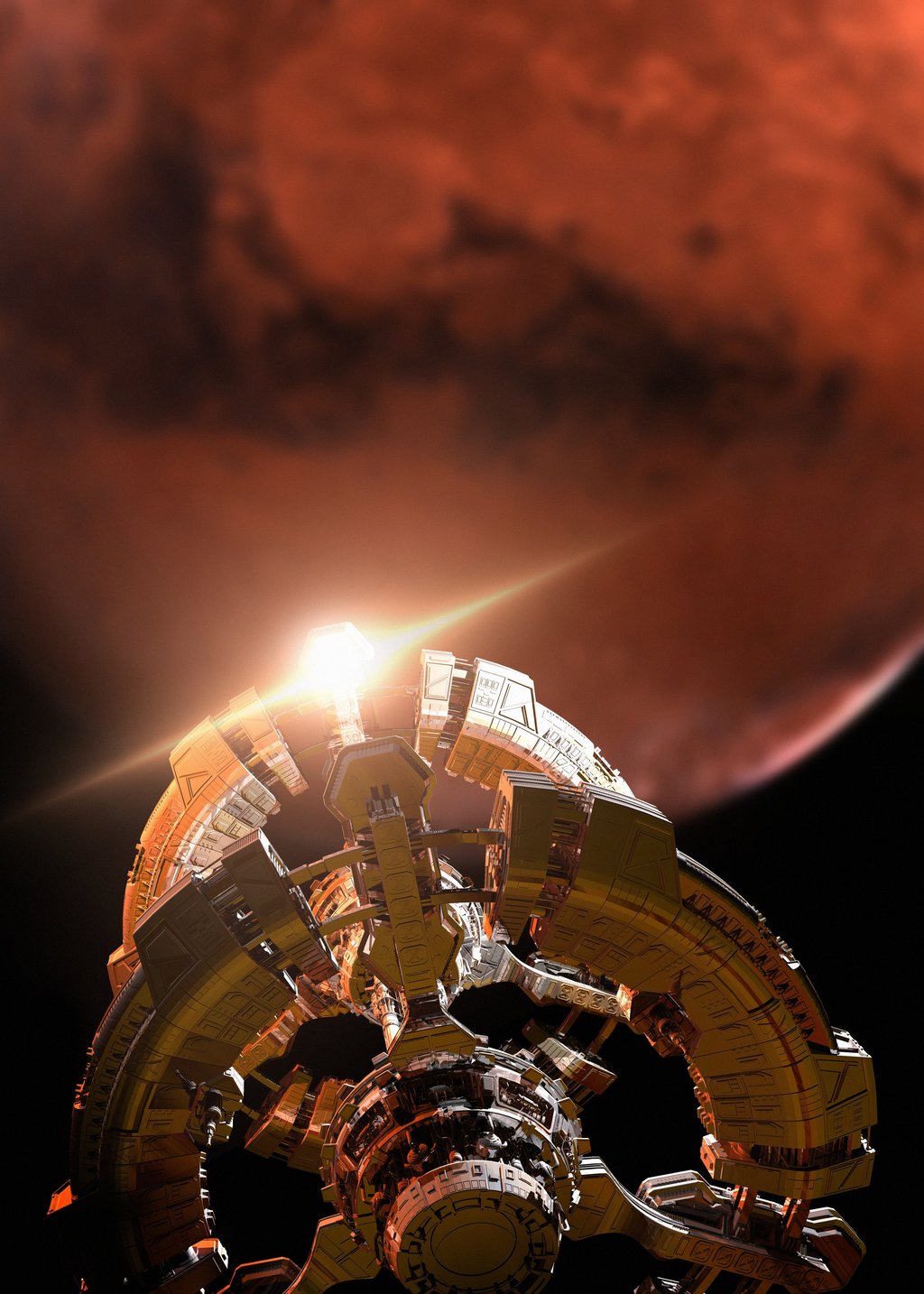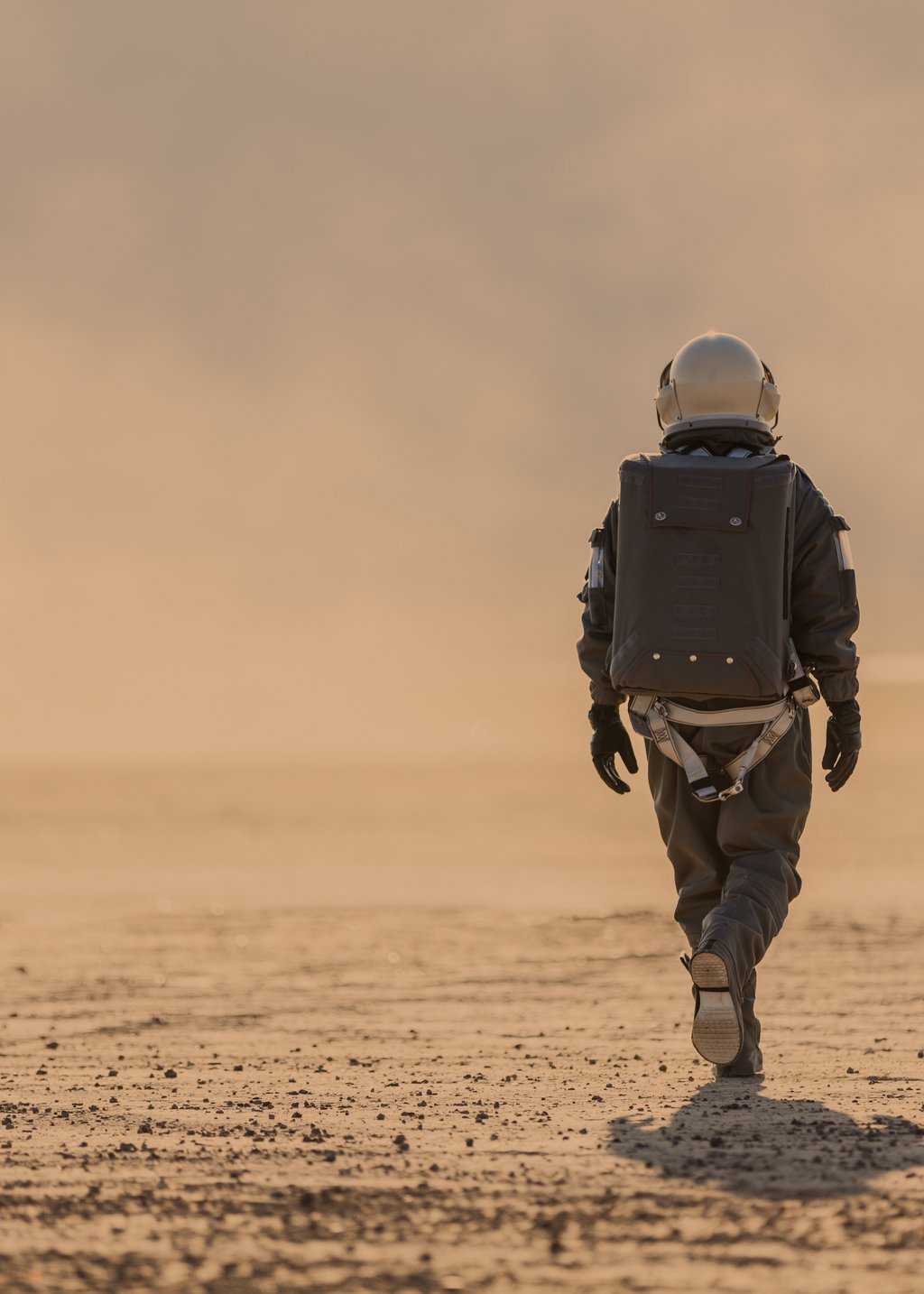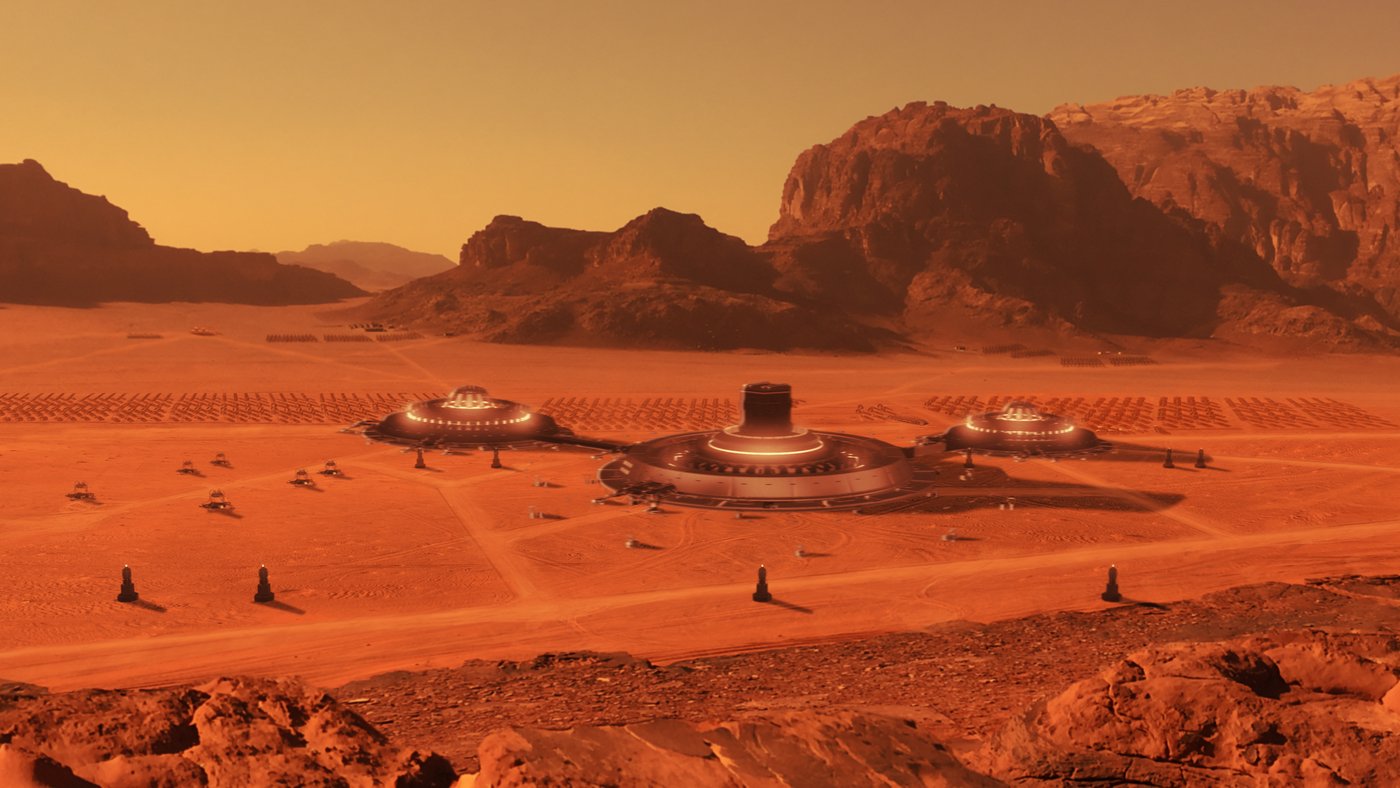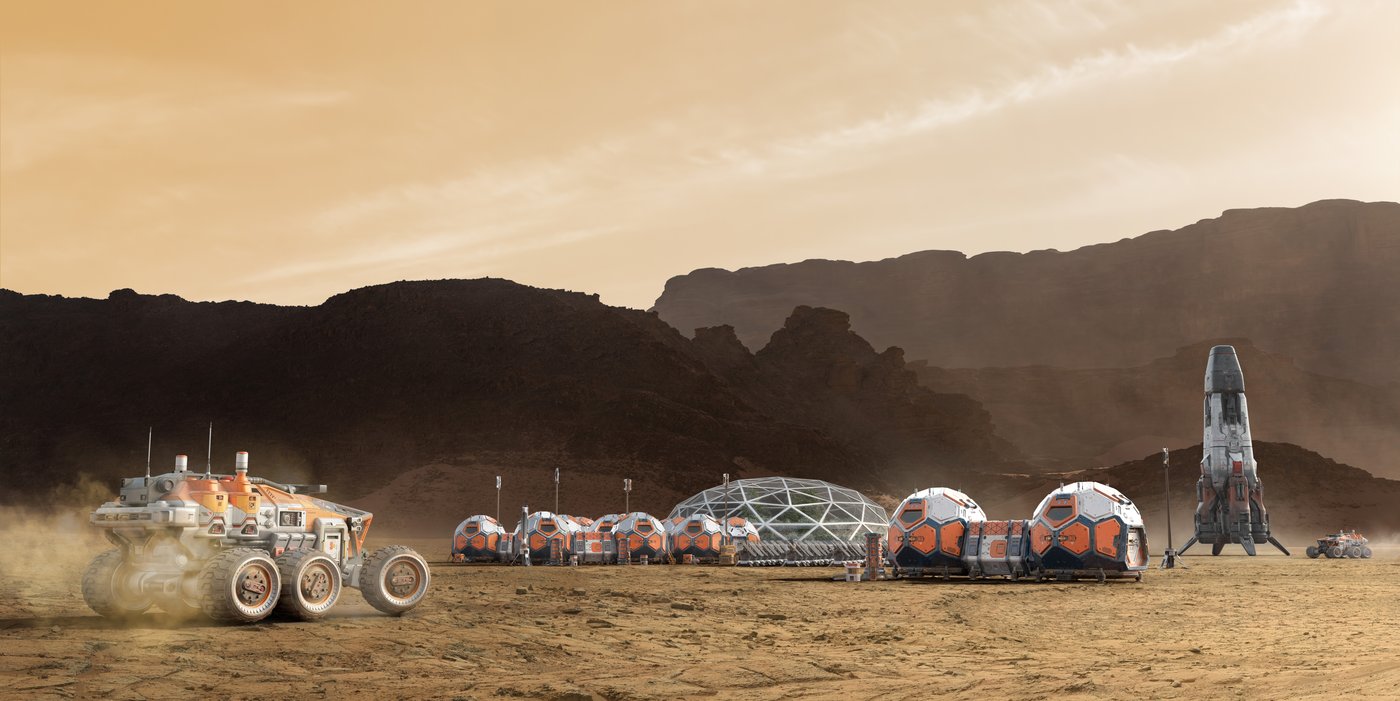SMALL MODULAR REACTORS: MASS-PRODUCED NUCLEAR POWER PLANTS
—— Smaller, cheaper, safer. That is what multiple projects are promising that plan to build small-scale nuclear reactors in large numbers. Are we headed for a miniature nuclear renaissance?
Four people have woken up this morning in a Mars habitat. Their home is 157 square meters made up of 3D-printed walls of red soil. For venturing outside, they will need to put on space suits and maneuver through red dust at about one third of Earth’s gravity.
Anca Selariu, Nathan Jones, Kelly Haston and Ross Brockwell are the crew of the Mars Dune Alpha base. The fresh vegetables on their menu have to be cultivated on-site by themselves. They will share the confined space for 378 days. The isolation, monotony and 20-minute delay in communications to the outside are real. The Mars horizons outside, however, are only printed on stretches of wallpaper. The habitat is not actually on Mars, but located in Houston, Texas. The crew has inhabited the test base since late June 2023 – in a hangar of NASA’s Johnson Space Center. As part of the CHAPEA mission (Crew Health and Performance Exploration Analog), the four participants perform what is essentially a dry run around health and human performance in space.
It is the first of three test missions scheduled by NASA, all hoping to gain critical information on the way to the first real human footprint on Mars. While this is still at least a decade away, NASA hopes to gather insight on what it means for humans to live and work together in tight quarters, under the unusual, high-stakes circumstances that come with a human outpost in space, an average 225 million kilometers from home.


Experts will monitor crew health and performance goals and evaluate psychological effects while the crew perform daily tasks from personal and habitat hygiene or growing crops to operating robot technology and performing simulated space walks. Strictly limited resources or potential equipment outages could add extra layers of stress to the life on pretend-Mars. The storyline sounds fascinating, without anybody having actually left the ground.
"I am very interested in this and other analogue missions of the past decades."
Among the curious followers of the mission is Dr. Erika Nesvold. The astrophysicist has long been exploring the human aspects of living in space long-term, especially fascinated by the psychological facets of tests like CHAPEA. “I am very interested in this and similar analog missions that have happened for the last couple of decades,” Nesvold says, “and in how humans could actually get along and make decisions.”
In her book “Off-Earth” (2023, The MIT Press), Nesvold looks at a hypothetical future with more permanent human communities in space. Aside from logistical and technical questions concerning fuel, radiation, or water, the astrophysicist also brings up ethical issues that she suggests would accompany us into space.
“Once we get more humans working and living in space longer term, we have to make sure that they live in healthy communities,” she says. Space, as a dangerous and isolating work environment could make workers more vulnerable to exploitation, the scientist points out. Her conclusion may surprise. “That opens up the topic of labor rights.”
But plenty of work, that much is clear, is waiting for the first settlers of Mars. The most urgent steps in a real Mars mission would include temporary shelter, protection against the elements, erecting solar panels and setting up water mining.

A Mars habitat would likely be constructed within or from the red soil on the planet’s surface. The CHAPEA crew is housed in walls erected by a giant 3D-printer. The clay-like substance simulates Mars regolith, the loose top-layer of soil. Without these so-called in-situ resources, creating settlements would be unthinkable. Erika Nesvold explains. “Every kilogram of mass that you have to launch off the Earth costs way more than if you find that same kilogram in space.” That could mean shelter construction or radiation shielding, food and water. “This leaves another big question open: Do we just want to gobble up space resources?”
Nesvold stresses an issue that has only recently been gaining attention. “During the Apollo missions that first brought humans to the Moon in the late 1960s, a lot of equipment – and waste – were left on the surface for practical reasons,” she explains. The various landing sites on the Moon are actually littered: not only with landing equipment, antennas or rovers but also flags, mementos, photos, golf balls (yes) and “literal bags of human waste,” as Nesvold adds. So, as we export humanity into space, are we exporting our issues as well?

Erika Nesvold says she struggles explaining the problem of trash in space to the public. “When humans think about an environment that needs protection, they see rain forests or coral reefs – not just literally empty space,” she says.
While still being single-use materials, tapping in-situ resources to construct a 3D-printed habitat could at least send a positive signal to blend into the landscape and creating what could one day become distinct Martian architecture – and potentially culture. “Humans are really good at coming up with ways to adapt their culture to their physical environment,” Nesvold says. “These are fun questions to think about: How our food will change? How will sports or dancing change in low gravity?”

"When people think of environmental protection, they think of rainforests or coral reefs - not literally empty space."
NASA’s CHAPEA mission is the kick-off to what can already be perceived as the next hot phase of spaceflight. Mars, however, is not the only goal on the agenda. With its Artemis mission schedule, NASA has laid out its plan to go back to the Moon, for the first time since 1972. Aside from scientific and economic goals, more history waits to be written in the pale dust: the first person of color, the first woman – and yes, the first Canadian – could walk on the Moon as soon as 2025.
A chance, Nesvold stresses, to consider both equality and sustainability. “If we don’t deliberately think about the relationship we want to have with the space environment, then we will just naturally end up repeating the same procedures and mindsets that led to a lot of harm throughout human history on Earth,” she says. “This is a good opportunity to have conversations about what kind of future we want to see for our descendants on Earth and in space.”
Photos
Getty Images/sercantunali
Getty Images/VICTOR HABBICK VISIONS/SCIENCE PHOTO LIBRARY
Getty Images/janiecbros
Getty Images/peepo
Getty Images/Nisian Hughes
Todd Dring Photography